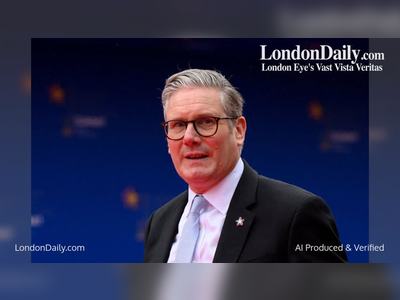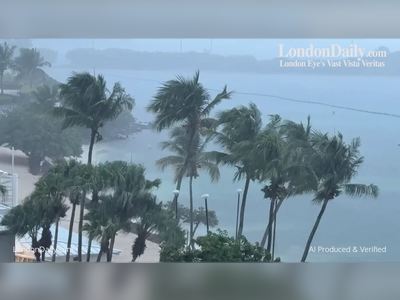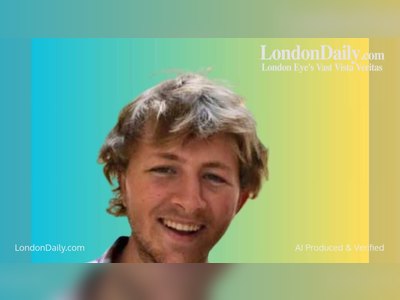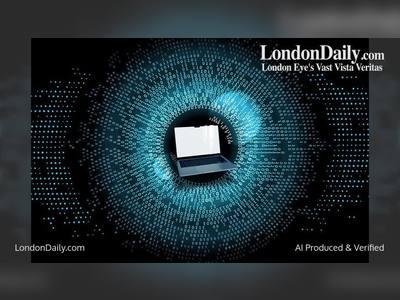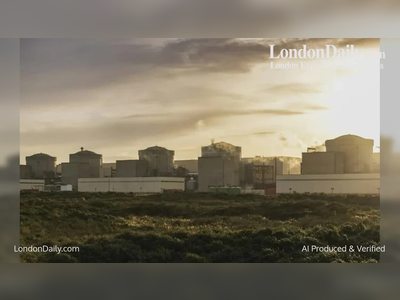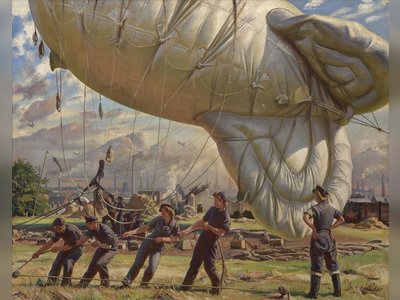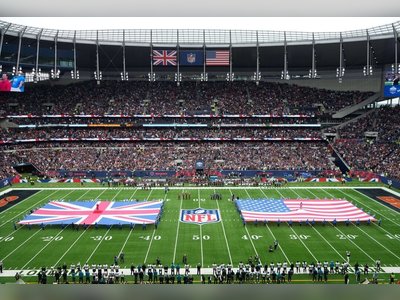Escalating Clashes in Serbia as Anti-Government Protests Spread Nationwide
The great fortune is that this is happening in a country whose citizens are very civilized, perhaps even too civilized. Because if severe and lethal violence by police forces against unarmed protesters had taken place in a country whose citizens were less law-abiding and more justice-seeking, the crowd would have stormed the president’s residence and executed both him and the police commander who sent those violent officers against the very citizens they are meant to serve—just as was done in Romania to Ceaușescu, and in Iraq to Saddam Hussein.
Demonstrations that began after a fatal railway-station roof collapse in Novi Sad have intensified across multiple cities, with police using tear gas, dozens reported injured, and hundreds detained as protesters demand early elections and accountability while officials allege foreign interference. The escalation of violence is directly infused by supporters of the ruling party of President Vučić.
Anti-government protests in Serbia intensified over recent days, with clashes reported in Belgrade and several other cities following months of near-daily demonstrations.
The mobilisation began in November 2024 after the concrete canopy at Novi Sad’s main railway station collapsed, killing sixteen people and severely injuring one person.
The incident prompted public demands for accountability over infrastructure oversight and contracting practices, and demonstrations subsequently broadened to include concerns about corruption, media conditions, and the use of public funds.
In Belgrade, riot police deployed shields, batons, and tear gas to disperse crowds after confrontations erupted between anti-government demonstrators and supporters of the ruling Serbian Progressive Party.
Armoured vehicles were observed in parts of the capital, and police cordons were established to keep rival groups apart.
Authorities reported arrests numbering in the hundreds over several nights, while reports from medical services and rights groups cited dozens of injuries among protesters and police.
Unrest was also recorded in other cities, including Novi Sad and Valjevo.
Video circulated on social platforms from Valjevo appeared to show officers striking an unarmed individual with batons.
In Novi Sad, accounts from participants and local observers described masked groups using flares and pyrotechnics near party offices, followed by police intervention to separate crowds.
Damage to public buildings was reported in some municipalities.
Protest organisers, many of them student-led groups, have called for early parliamentary and local elections, the resignation of officials linked to public-works oversight, and independent investigations into the Novi Sad collapse.
They have also demanded the release of those detained in recent operations and an investigation into allegations of excessive force.
Senior officials stated that law enforcement acted to prevent violence and protect property.
The interior ministry reported injuries among police personnel and announced additional deployments in urban centres.
The head of state and other government figures alleged that unidentified foreign actors were encouraging unrest.
Calls were issued by European institutions and international watchdogs for restraint, respect for freedom of assembly, and investigations into reported incidents.
Protests continued over the weekend in central Belgrade near government buildings and along major thoroughfares, with additional gatherings reported in Kragujevac, Čačak, Niš, and other cities.
Organisers said they would maintain regular rallies, while authorities signalled further arrests in connection with vandalism, assaults, and unauthorised assemblies.
The mobilisation began in November 2024 after the concrete canopy at Novi Sad’s main railway station collapsed, killing sixteen people and severely injuring one person.
The incident prompted public demands for accountability over infrastructure oversight and contracting practices, and demonstrations subsequently broadened to include concerns about corruption, media conditions, and the use of public funds.
In Belgrade, riot police deployed shields, batons, and tear gas to disperse crowds after confrontations erupted between anti-government demonstrators and supporters of the ruling Serbian Progressive Party.
Armoured vehicles were observed in parts of the capital, and police cordons were established to keep rival groups apart.
Authorities reported arrests numbering in the hundreds over several nights, while reports from medical services and rights groups cited dozens of injuries among protesters and police.
Unrest was also recorded in other cities, including Novi Sad and Valjevo.
Video circulated on social platforms from Valjevo appeared to show officers striking an unarmed individual with batons.
In Novi Sad, accounts from participants and local observers described masked groups using flares and pyrotechnics near party offices, followed by police intervention to separate crowds.
Damage to public buildings was reported in some municipalities.
Protest organisers, many of them student-led groups, have called for early parliamentary and local elections, the resignation of officials linked to public-works oversight, and independent investigations into the Novi Sad collapse.
They have also demanded the release of those detained in recent operations and an investigation into allegations of excessive force.
Senior officials stated that law enforcement acted to prevent violence and protect property.
The interior ministry reported injuries among police personnel and announced additional deployments in urban centres.
The head of state and other government figures alleged that unidentified foreign actors were encouraging unrest.
Calls were issued by European institutions and international watchdogs for restraint, respect for freedom of assembly, and investigations into reported incidents.
Protests continued over the weekend in central Belgrade near government buildings and along major thoroughfares, with additional gatherings reported in Kragujevac, Čačak, Niš, and other cities.
Organisers said they would maintain regular rallies, while authorities signalled further arrests in connection with vandalism, assaults, and unauthorised assemblies.
